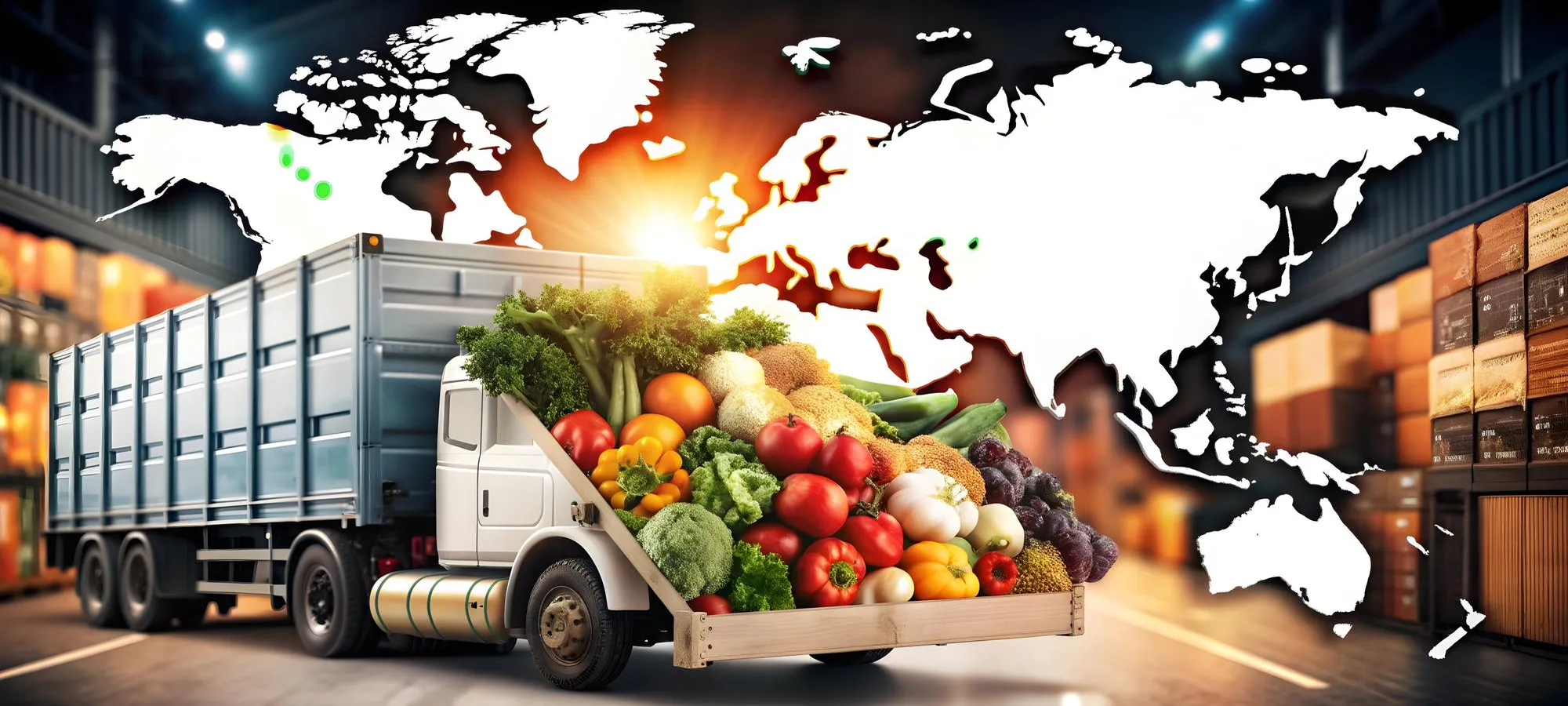India has long been known as the land of agriculture, with fertile plains, diverse climates, and a rich variety of crops. Over the years, Indian agriculture has moved beyond domestic consumption to become a major player in the global market. With rising international demand for food, spices, and processed products, India’s agri exports are increasingly making their mark worldwide.
India’s Strength in Agriculture
India produces a wide range of agricultural products, including cereals, pulses, spices, fruits, vegetables, and processed foods. Key export products include:
-
Spices: India is the world’s largest exporter of spices like turmeric, cumin, and chili.
-
Rice: Basmati rice is highly sought after in the Middle East, Europe, and North America.
-
Tea and Coffee: Indian tea and coffee are renowned for their quality and aroma.
-
Fruits and Vegetables: Mangoes, bananas, and grapes are popular in international markets.
-
Processed Foods: Ready-to-eat meals, snacks, and organic products are gaining global attention.
Factors Driving India’s Agri Exports
Several factors contribute to India’s growing role in global agriculture:
1. Quality and Diversity
Indian agriculture benefits from a wide range of climates and soil types, allowing the cultivation of diverse crops. This diversity meets the varied demands of global consumers.
2. Government Initiatives
The Indian government has implemented policies to boost agri exports, such as the Agricultural Export Policy, export subsidies, and schemes supporting cold storage, packaging, and logistics.
3. Global Demand for Organic and Specialty Foods
Consumers worldwide are increasingly seeking organic, non-GMO, and natural foods. India’s organic farming practices and traditional food products make it a preferred supplier.
4. Technological Advancements
Modern farming techniques, precision agriculture, and improved storage and transportation systems help maintain quality, reduce wastage, and ensure timely delivery to international markets.
Challenges in Agri Exports
Despite its strengths, India faces some challenges in agri exports:
-
Infrastructure Limitations: Inadequate cold storage and transport facilities can lead to spoilage.
-
Compliance with International Standards: Meeting global food safety and quality standards requires strict monitoring.
-
Market Competition: India competes with other major exporters like Vietnam, Thailand, and Brazil.
Future Prospects
With the world population increasing and global food demand rising, India’s agri exports have immense growth potential. By investing in infrastructure, technology, and compliance measures, India can strengthen its position as a reliable supplier of high-quality agricultural products to the world.
Conclusion
India’s agricultural exports are not just about trade—they represent a blend of tradition, quality, and innovation. By meeting global demand efficiently, India continues to showcase its agricultural prowess and plays a vital role in feeding the world.


